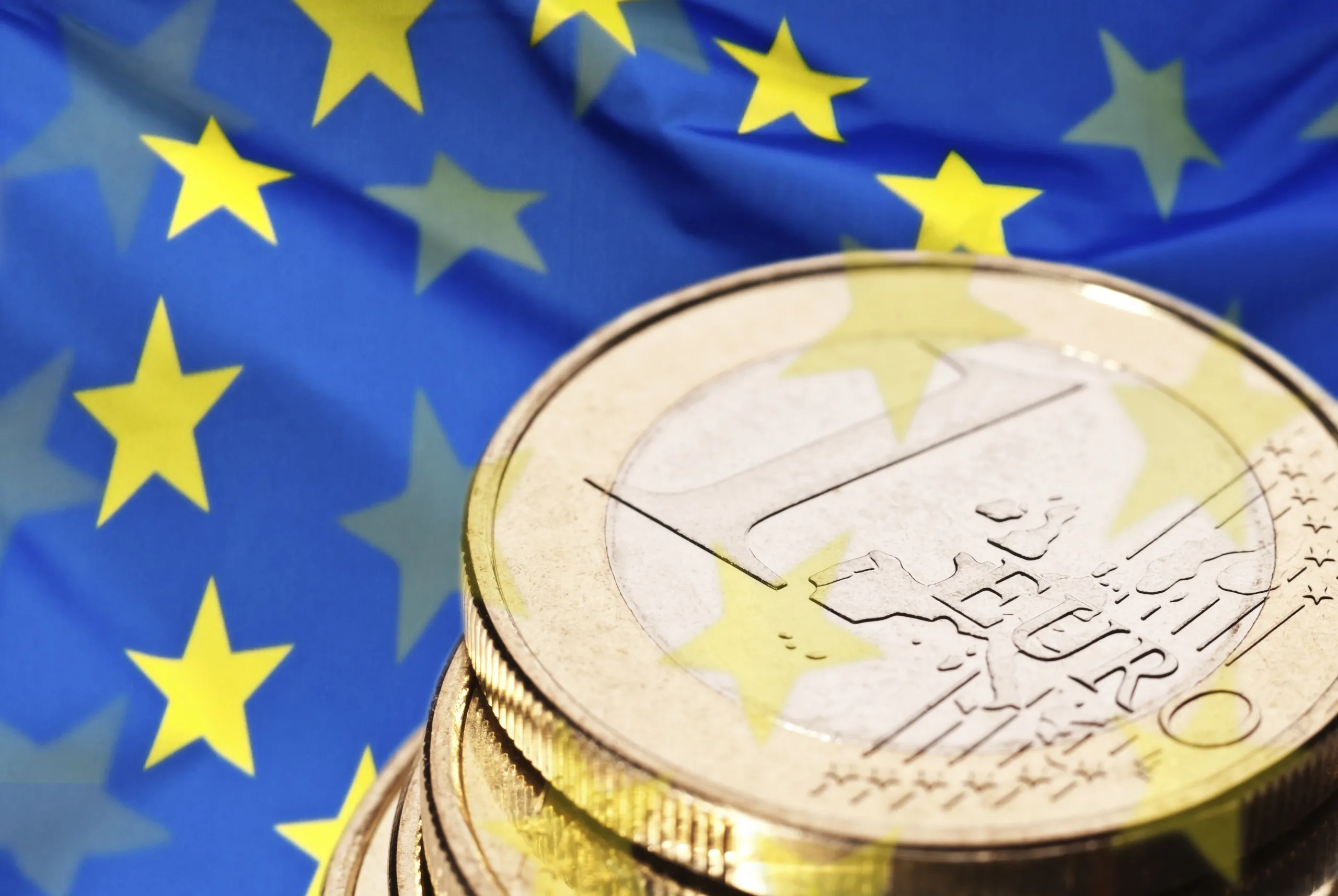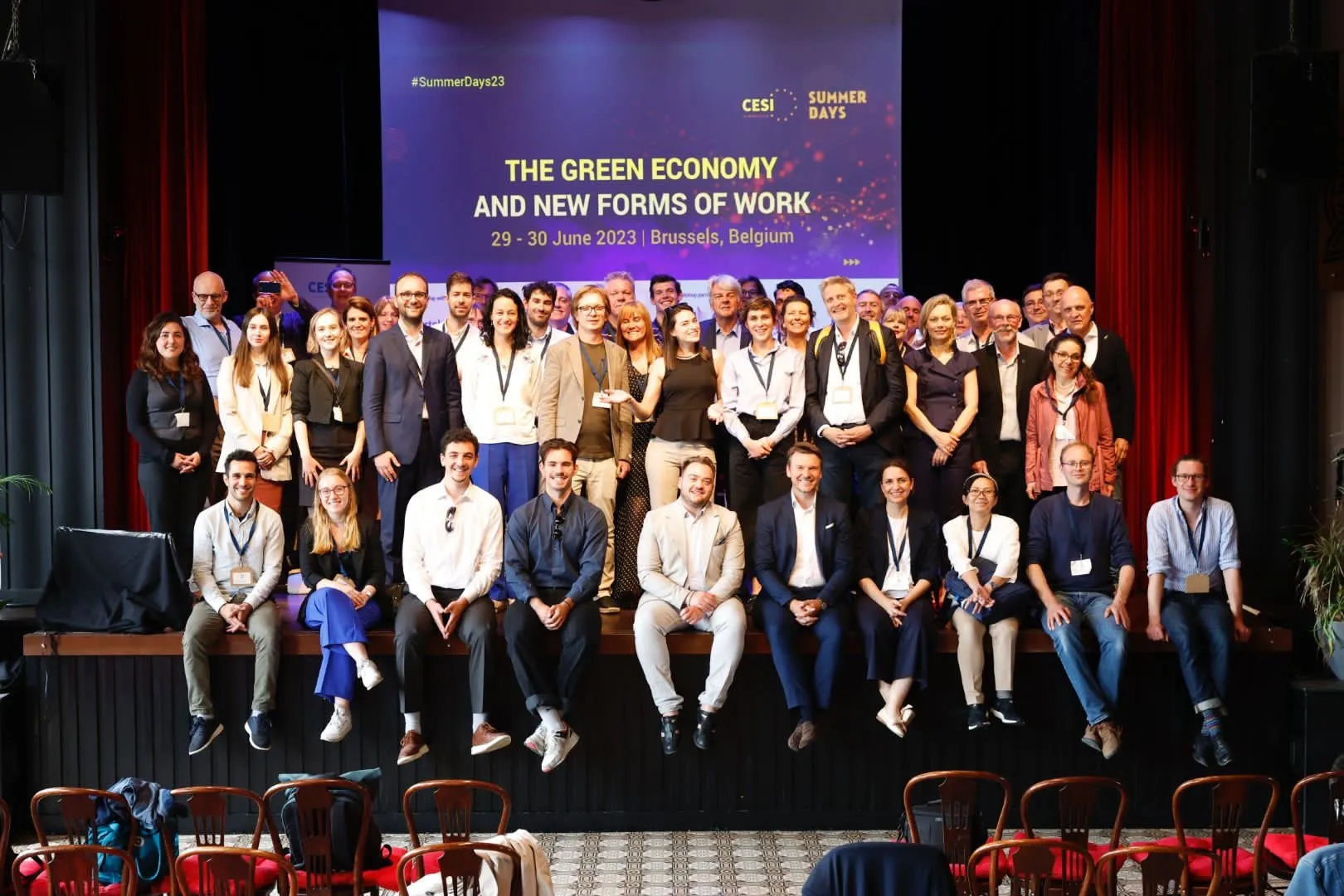The new year started with a heated debate about Europe’s taxonomy for sustainable activities. It is the first test both for the unity of the new German government and for the ability of the French EU presidency to act as an honest broker. This blog post answers the three most important questions to guide this somewhat frayed debate.
Q1. What’s the proposed European Union taxonomy, and what are its aims?
The EU taxonomy is a classification of sustainable activities incentivizing private investments for carbon-neutrality. It has become increasingly clear that the transformation towards a sustainable, carbon-neutral economy will need a lot of investment. Policy-makers across the EU are discussing ways to invest publicly, but most of the investment will have to come from private actors.
The taxonomy should establish a common understanding of what economic activity is considered sustainable. With this shared understanding, sustainable economic activities can be labeled as such. Imparting this information can explicitly attract private investors looking for sustainable investment opportunities.
The principal assessment procedure for economic activities was enacted with the Taxonomy Regulation in June 2020 (EU Regulation 2020/852). The procedure is based on six objectives. To qualify as sustainable, an economic activity must provide an improvement that meets at least one of the objectives below (and it should not (significantly) counteract any of them):
- Climate change mitigation
- Climate change adaptation
- The sustainable use and protection of water and marine resources
- The transition to a circular economy
- Pollution prevention and control
- The protection and restoration of biodiversity and ecosystems
The taxonomy does not prevent private investments that do not meet the newly proposed sustainability standards in the future. However, by effectively altering investment decisions favoring sustainable investments, there will be less capital available for non-sustainable investments in the future. This will make funding for non-sustainable investments more difficult and more expensive.
Beyond channeling private capital, the taxonomy could affect the design of policies in the future. This is especially relevant for policies relying on private capital. The taxonomy is not binding for EU policies such as the large-scale Next Generation EU program with dedicated green transition targets. However, when judging a project for meeting green transition targets, the decision is expected to not contradict the taxonomy.
2. What’s the current discussion on taxonomy about?
The current discussion between the Commission, the member states and within German domestic politics can be characterized as a fight on what qualifies as “green” energy. It culminated in including energy-related economic activities in the taxonomy. As it stands, the European Commission plans to extend the taxonomy with restrictions for nuclear and gas-based energy infrastructure, classifying these as “green” energies. To qualify, for example, a gas power plant may not exceed certain thresholds of CO2 emissions, and for nuclear power plants, there must be a plan for nuclear waste management.
Despite a broad European consensus to transform the current energy supply, European policymakers disagree on the role of nuclear energy and gas in this transformation process. The transition to a carbon-neutral energy supply is associated with high investment costs and long investment horizons usually spanning several decades. Including nuclear energy and gas in the taxonomy would enable substantial funding opportunities for new power plants. Therefore, the design of the taxonomy has the potential to shape Europe’s energy policy for decades.
The controversy on the sustainability of gas is that it emits greenhouse gases and is not carbon neutral. Those who support the inclusion of gas into the green taxonomy argue that it substitutes for other, more CO2-emitting energy sources (mainly coal) in the short term and therefore serves as a necessary “bridge” technology. Opponents of classifying gas as green within the proposed taxonomy argue that this second-best outcome may become a longer-than-intended interim solution and send the wrong signal to private investors, potentially undermining the objectives of the European Green Deal in the long run.
The second controversy is around nuclear energy. Nuclear energy is comparable to renewable energy sources such as wind and solar in terms of greenhouse gas emissions. Yet the risk of a power plant accident, like those at Chernobyl or Fukushima, and unsolved questions about where to store the nuclear waste material are potential risks to the taxonomy’s objective to “protect and restore biodiversity and ecosystems.” Nuclear power supporters argue that these issues can be handled using tight regulatory frameworks and state-of-the-art safety mechanisms.
3. How do EU Member States differ in their positions on the taxonomy?
Long-held beliefs and reliance on different energy mixes drive member states to stake out different positions in the current controversy. While some policymakers are strictly against including gas and nuclear energy in the taxonomy, others propose including gas, nuclear energy, or both. The disputes are especially harsh when it comes to nuclear energy. Long-held political priorities, the availability of renewable energy resources, and the current energy mix can explain some of the differences.
The following maps provide an overview of coal and nuclear energy usage for electricity production in Europe. The maps reveal substantial differences across European member states. Coal is the primary energy source in Poland and plays an important role in Germany and some Eastern European countries. It is not surprising that Germany and Poland are proponents for including gas in the taxonomy as they consider it a short-term remedy for exiting coal. On the contrary, nuclear energy is the primary energy source in France and plays a major role in Eastern European countries (except Poland) and in Scandinavia. Therefore, it is no surprise that France, Bulgaria, Croatia, Czechia, Finland, Hungary, Poland, Romania, Slovakia, and Slovenia officially declared themselves proponents for including nuclear energy in the taxonomy (10 EU countries back nuclear power in EU green finance taxonomy – EURACTIV.com).
How things will proceed
The inclusion of gas and nuclear energy in the taxonomy has drawn clear and stubborn divisions between EU members. The discussion clearly reflects different interests and proves again the difficulty of creating a common agreement at the European level. It is also a first test for the newly elected German government on the European stage. Especially for German Greens, acknowledging nuclear energy as sustainable energy sources stands in sharp contrast to their anti-nuclear movement origins and recent climate protests. For France, it is the first opportunity for its just-started council presidency to act as an honest broker.
Beyond the current fight, the fundamental question is: Can the taxonomy truly help channel capital towards sustainable economic activities to realize carbon neutrality? Including gas and nuclear energy in the taxonomy may not contribute to that goal.








